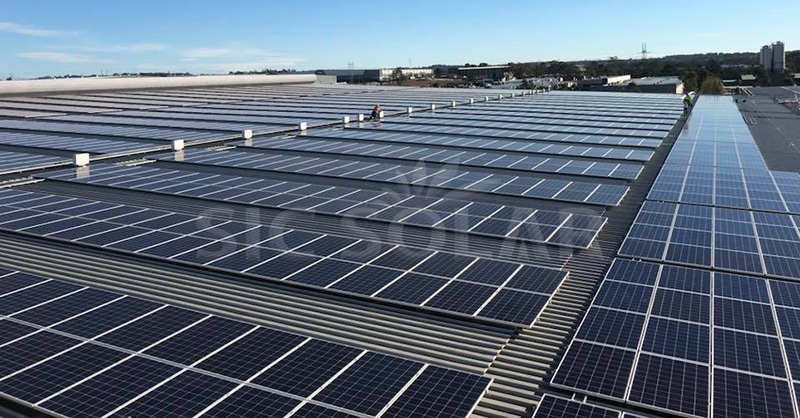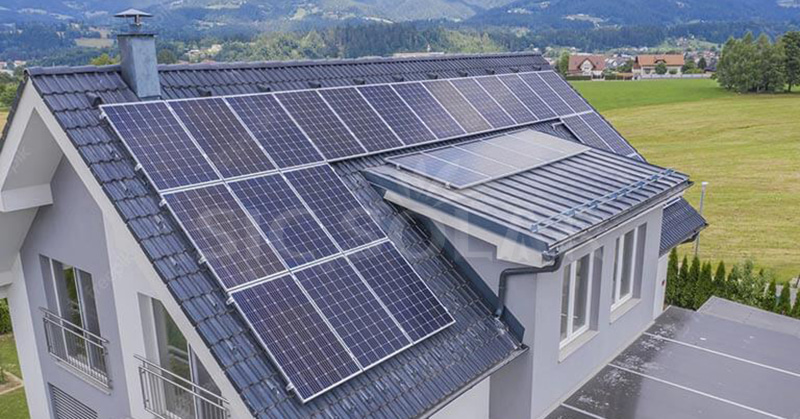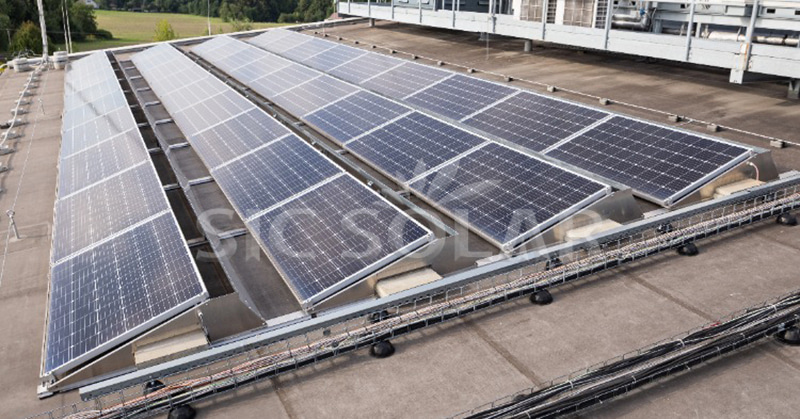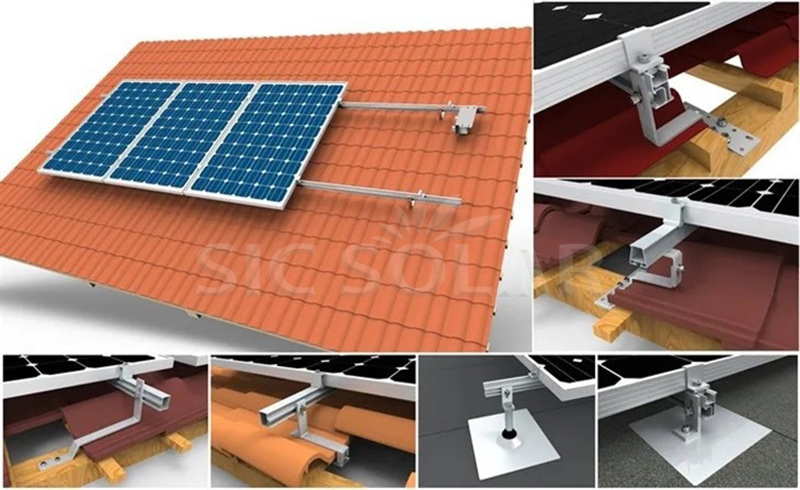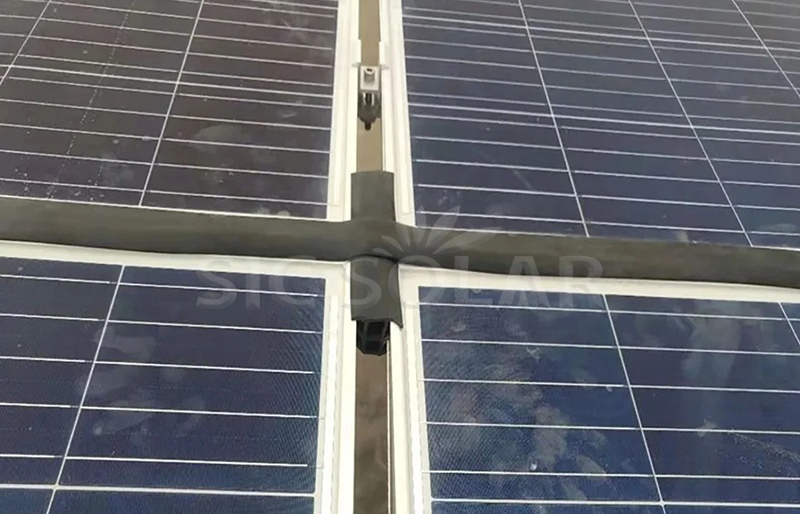The angle at which solar panels are mounted plays a significant role in their overall efficiency. It directly impacts how much sunlight the panels receive, which in turn affects the amount of energy they generate. Whether you’re installing solar panels on a rooftop, on the ground, or in a specialized setup like a solar carport, determining the ideal angle is crucial for maximizing energy production.
Why the Angle Matters for Solar Panels
Solar panels work by converting sunlight into electricity, so the more sunlight they capture, the more energy they produce. The angle of the solar panel relative to the sun influences how much direct sunlight hits the panel's surface. If the panel is angled too steeply or too flat, it won’t capture as much sunlight, reducing its efficiency.
The ideal angle helps to ensure the maximum exposure to sunlight throughout the day and across different seasons, as the sun’s position changes in the sky. Adjusting the angle for your geographic location and specific site conditions can dramatically increase the effectiveness of your solar panel system.
Factors That Influence the Ideal Solar Panel Angle
Several key factors influence the ideal mounting angle for solar panels, including:
-
Geographical Location The most important factor to consider when determining the angle is your latitude. The closer you are to the equator, the more directly overhead the sun will be, which means a flatter angle is needed. In contrast, regions farther from the equator benefit from a steeper angle to capture more sunlight.
A simple rule of thumb is that the ideal tilt angle for solar panels is equal to your latitude. For example, if you’re at 30° latitude, your panels should be tilted at about 30 degrees from horizontal. However, this is a basic estimate, and further adjustments can enhance efficiency.
-
Seasonal Variations The sun's position varies throughout the year, with higher elevations in summer and lower in winter. In regions where seasons are distinct, it can be helpful to adjust the tilt of the panels seasonally:
- Summer: A flatter angle to capture the sun’s higher position.
- Winter: A steeper angle to better capture the lower sun.
Many homeowners opt for a fixed tilt angle optimized for year-round performance, but those looking to maximize efficiency may adjust their panels periodically.
-
Roof or Ground Orientation If you're installing panels on a roof, the roof's pitch can dictate the mounting angle. In some cases, it may be necessary to use specialized mounting brackets to achieve the correct tilt. For ground-mounted systems, the flexibility to choose the ideal angle is greater, as the panels can be mounted on adjustable racks.
-
Local Climate Local climate conditions also play a role in determining the ideal angle. In regions with heavy snowfall, a steeper tilt helps snow slide off the panels more easily, preventing it from blocking sunlight. In areas with frequent rain, a steeper angle can also help with self-cleaning, as rainwater washes away dirt and debris.
Fixed vs. Adjustable Angles
Solar panel mounting systems typically come in two forms: fixed or adjustable. A fixed mount keeps the panels at a consistent angle year-round, while an adjustable mount allows for seasonal adjustments. Fixed mounts are more common for residential installations because they require less maintenance, but adjustable mounts can increase efficiency by better aligning the panels with the sun’s changing position.
SIC Solar offers a variety of fixed and adjustable mounting systems, allowing for customization based on your location and energy needs. With SIC Solar adjustable mounts, you can fine-tune the angle of your panels to capture the most sunlight throughout the year, enhancing the efficiency of your system.
How SIC Solar Mounting Systems Help Optimize Panel Angle
SIC Solar specializes in designing and manufacturing photovoltaic mounting systems that cater to a wide range of installation types, including rooftops, ground mounts, and solar carports. These systems are built to provide maximum flexibility and durability, ensuring that the solar panels are mounted at the ideal angle for optimal energy production.
Here’s how SIC Solar mounting solutions contribute to the ideal setup:
-
Customizable Mounting Solutions: SIC Solar offers mounting systems that allow for precise angle adjustments based on your specific needs. Whether you need a fixed tilt or an adjustable rack, SIC Solar products make it easy to set up the panels at the perfect angle for your location.
-
Durability and Stability: Ensuring that solar panels stay in place, especially at steeper angles, requires strong and stable mounting systems. SIC Solar brackets are designed to withstand harsh weather conditions, such as high winds and heavy snow, keeping the panels secure at their optimal tilt.
-
Ease of Installation: Installing solar panels at the right angle is not just about efficiency, but also convenience. SIC Solar systems are engineered for easy installation, making it simpler for professionals to adjust the angle and secure the panels without hassle.
-
Enhanced Longevity: By providing mounting systems that support the correct angle, SIC Solar helps ensure that the panels function efficiently over the long term. Properly angled panels experience less wear and tear, contributing to a longer lifespan and better overall performance.
Practical Example of Ideal Solar Panel Angles
Let’s look at a few examples to see how the ideal angle might differ by location:
-
Northern Hemisphere (e.g., New York, USA) Latitude: 40.7°
- Ideal tilt: Around 40° to 45°
- Seasonal adjustment: Flatter in summer, steeper in winter.
-
Southern Hemisphere (e.g., Sydney, Australia) Latitude: 33.9°
- Ideal tilt: About 33° to 35°
- Seasonal adjustment: Minor adjustments can be made to optimize performance during summer and winter months.
-
Near the Equator (e.g., Singapore) Latitude: 1.4°
- Ideal tilt: Panels can be almost flat (around 5° to 10°), as the sun is nearly overhead year-round.
Maximizing Energy Production with SIC Solar
No matter your location, achieving the ideal angle for your solar panels can significantly boost energy production. By choosing the right mounting system and angle, you can ensure that your panels operate efficiently throughout the year, providing maximum energy savings.
SIC Solar range of mounting solutions offers the perfect balance of durability, flexibility, and ease of installation. Whether you need a fixed system or want the flexibility to adjust your panels seasonally, SIC Solar has a solution designed to meet your specific needs.
The ideal angle for mounting solar panels depends on several factors, including geographical location, seasonal sunlight variations, and roof orientation. Adjusting the angle of your panels ensures they receive the maximum amount of sunlight throughout the year, leading to higher energy production and greater savings.
With SIC Solar robust mounting systems, you can easily achieve the optimal tilt for your solar panels, whether they’re installed on a roof or ground-mounted. By setting your panels at the right angle, you’ll not only improve efficiency but also prolong the life of your solar energy system.
